A Greener Earth Day (+ Everyday)
By TH!NK by IBI
Date
April 21, 2017Building, maintaining and moving around our cities and their surroundings comes with a major environmental burden. Urban regions consume two-thirds of the world’s energy, but also produce more than 80% of the world’s GDP. Home to more than half the world’s population (and growing), they are also the sites with the greatest promise in helping achieve a green future. From innovations in sustainable building technology to renewed support for active mobility, we’re already seeing a range of promising steps in our cities. But what do architects, planners and other city-makers view as the most important steps towards a greener, healthier world? We asked a number of IBIers to find out.
What sustainable idea or innovation are you most inspired by today?
Jeff Cogliati, Architect
High-rise habitation is by far one of the most sustainable aspects of the urban environment. Compared to the suburban model of residential development, where one might only find three to four people residing on an acre of land, it is common to find hundreds (if not thousands) of residents living on the same acreage within the city’s core.
As property values continue to soar, and the scarcity of developable inner-city land climbs higher, developers will be looking for innovative ways to maximize efficiency in small-space condominiums and apartment units. Cities like New York, Vancouver, Tokyo, Boston, and many others have recently seen a surge in micro-apartment developments. Micro-apartments are distinct in their spatial offerings. Although they are vastly smaller (300-450 square feet) than their 20th century predecessors, micro-apartments are versatile and can be reconfigured in a variety of different layouts. These units maximize every square inch of space, and often contain transformative custom furniture that can accommodate any number of events that one may hold in their home. For example, a recently completed micro-apartment complex in New York comes with a telescopic dining table that, when in the open position, can host up to ten individuals, or when closed, can serve as a small coffee table. Gone are the days of equating small-scale living to a life of solitary. Micro-apartments may not suit everyone’s lifestyle, but for those with an open mind and willingness to downsize into a smaller space, micro-units may just be the ticket to a happier, healthier, and sustainable life.
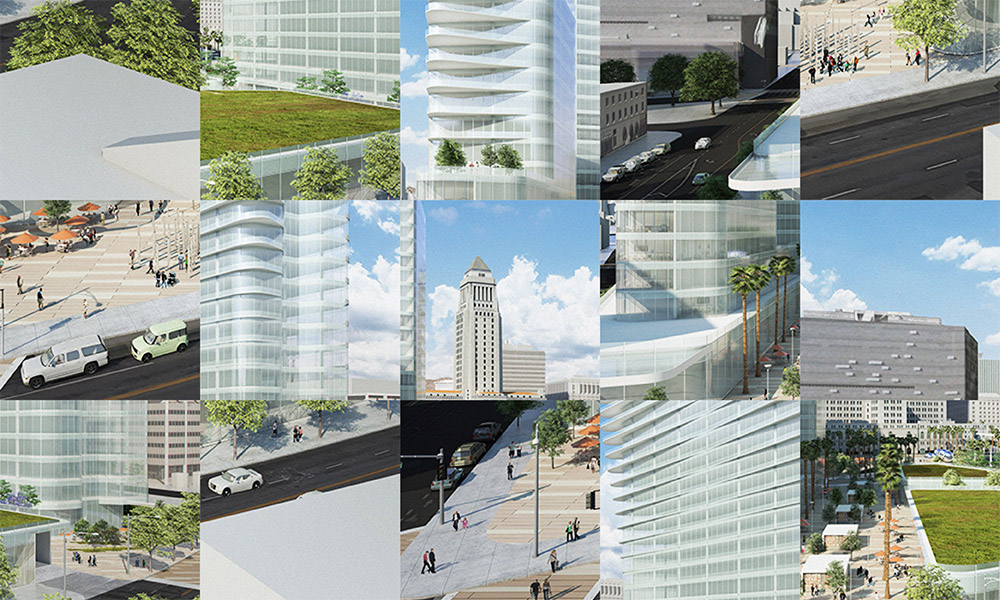
Emily Graham, Global Communications Coordinator
We’re seeing a growing movement of towards urban agriculture. Whether in community gardens or fleet farming, urban agriculture is expanding rapidly and this is very inspiring! Using lawns, rooftop and patio space (even in condos!) to grow herbs and produce is a more effective use of space. We need to get creative and engage our communities to use what’s available in order to cut down on the negative impacts of food waste, transportation pollution, food insecurity and an over reliance on imported food.
Urban agriculture allows city residents to offset their grocery bill and connect with the land in the process. Access to nature and healthy food is an important basis for any healthy city. Getting more involved in the process is an important step in the right direction.
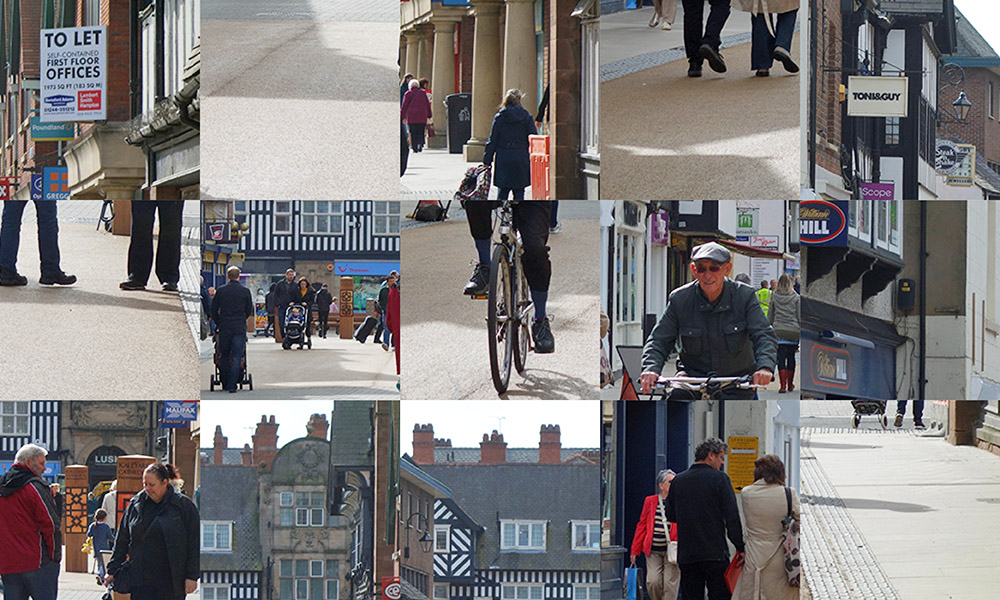
What are the most promising steps towards sustainability that you see in your sector?
David McKenna, Landscape Architect and Engineer
I’m pleased to see a change of priorities in street and town centre design. Traffic flow has been paramount for years, and a renewed emphasis on creating streets and surrounding areas where pedestrians own the space and vehicles are guests is promising. This includes design interventions that emphasize the urban form over vehicle tracking, as well as a range of people-friendly features, including benches and public artwork.
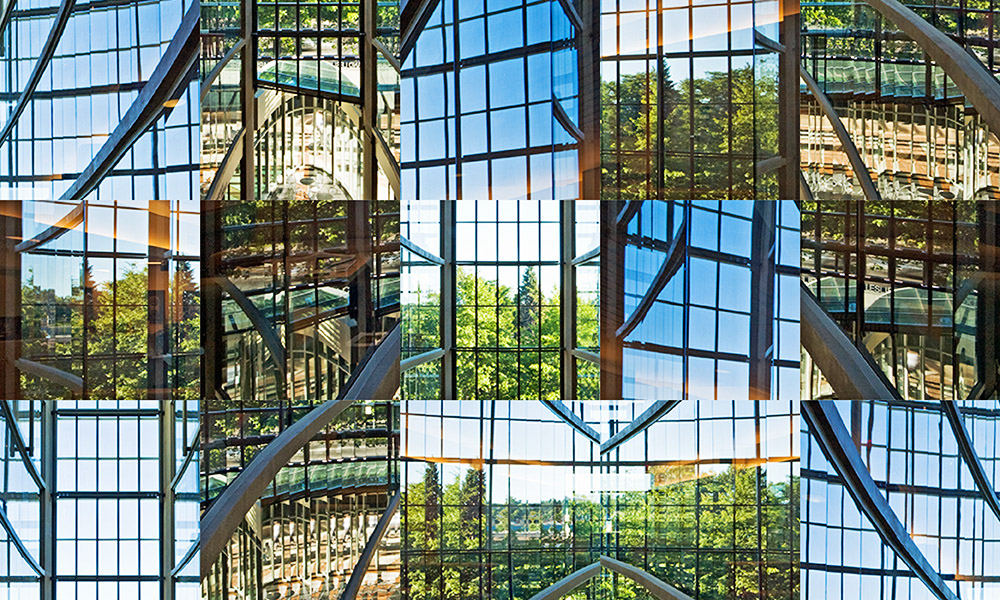
Todd Smith, Landscape Architect
In this age, I think that designed resilience is the vital aim in city-making. A promising step towards this goal is seeing more civil engineers and landscape architects working together on Low Impact Development (LID) at the outset of site planning, which bodes well for better water management and lower maintenance landscapes. Additionally, I see clients and contractor-clients (P3) beginning to understand the value of planting trees correctly and viewing them as green infrastructure and not just window dressing.
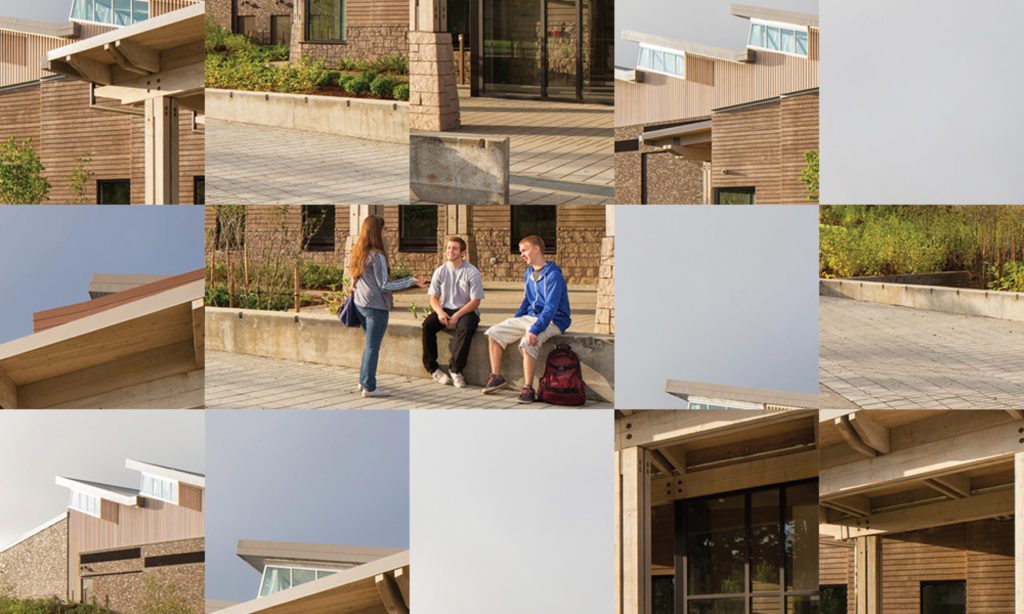
As a city-maker, what are the biggest steps that your profession can take to ensure a healthy, green planet for future generations?
Zibby Petch, Transportation Planner
Although the formal goal of our work is to promote and encourage active transportation, I think it’s helpful to imagine cities that are more fun. Fun cities are cities that you like to explore, with interesting things to see and do, where you can feel connected to the world around you. When I get up in the morning, I’m not motivated to ride my bike by the health benefits, or the money I’m saving, or the reduction in CO2 emissions (although these are all admirable outcomes!). For the most part, I’m choosing to ride a bike because it’s genuinely fun – I like to smell the fresh pastries from the bakery down the street, to feel the seasons changing day by day, and to arrive at work a little bit out of breath. If we as “grownups” thought a bit more like kids, I think we’d be able to make a big difference.
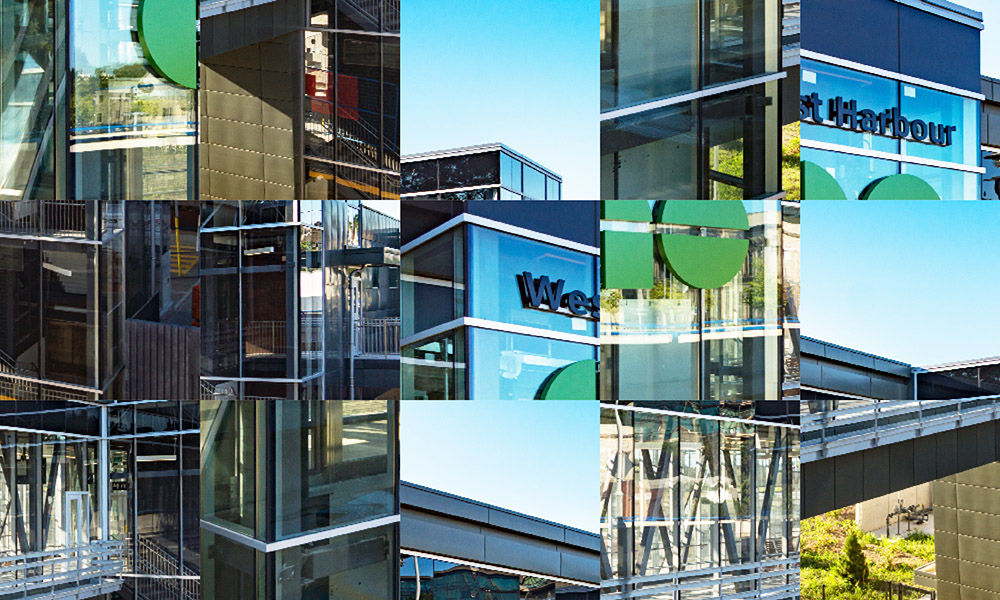
Alex Mereu, Transportation Planner
In recent years, we have become more aware of how our wellbeing is tied to the environments we live in. It is with this insight that more attention is being given to the design and planning of environments that attempt to maintain the earth’s natural processes and that bring “the green” back to our urban habitats.
We are all products of our environment and through proper planning and city building, we have an opportunity to truly define the urban environments that we live in. Moving people using less space, integrating natural processes into our communities, and re-dedicating paved surfaces to park land are all important steps that city builders must continue to encourage.
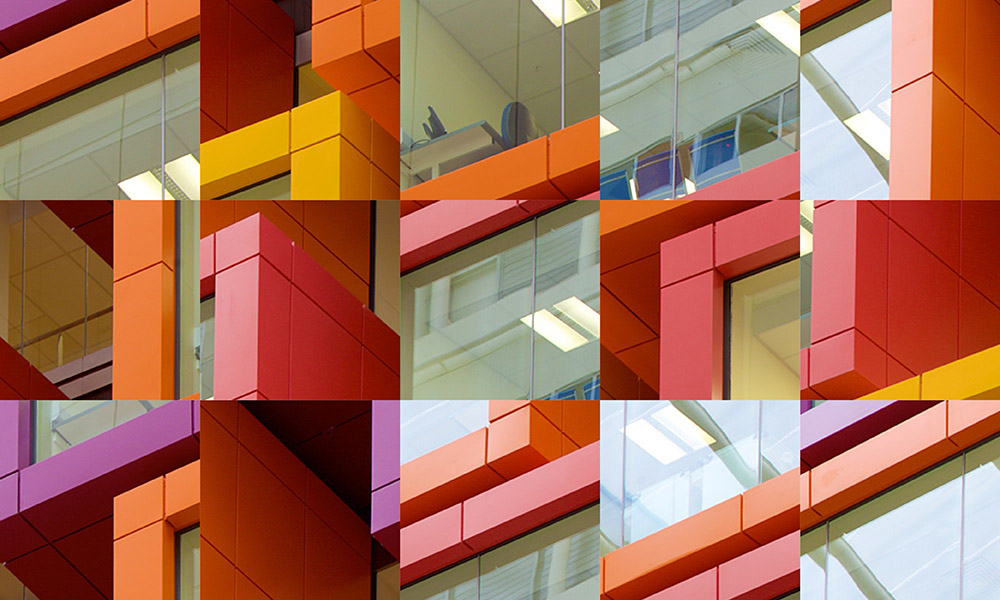
Kasra Eslahchi, Senior Designer
Technological advancements have enabled people to live independently of nature and have created a sense of ignorance about the environment. Many cities have grown overnight to accommodate more people, cars and businesses without any knowledge of long term impacts on the planet. However, progress in technology has also led to groundbreaking design tools, sustainable building materials and new city planning regulations, which can stop or mitigate these negative environmental consequences.
We, as city-makers have the responsibility to understand the performance of our buildings and how it is going to affect the city and its residents. My colleagues and I care about the future of our planet and are using the latest technology and design tools to observe and control the impacts of our buildings on our surrounding throughout the design process. We are employing thorough research, energy saving components, sustainable materials and energy and daylight analysis software to create buildings with much smaller carbon footprints than our predecessors in the 1950s and 1960s.







